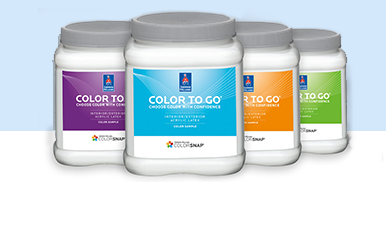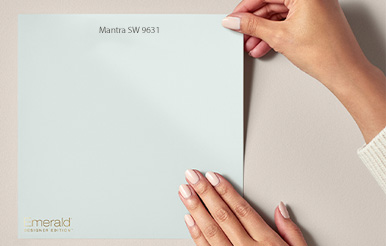Recent Questions
Answer Redwood, red cedar and other resin-rich wood species have tannins, which weather to a gray look. You can remove the tannin from the wood's surface using our SuperDeck® Revive. The oxalic acid in this material will remove the damaged surface, thereby exposing fresh wood. Be sure to follow all cautionary statements on the label to avoid damage to nearby plants or person.
Answer To some degree, this may be an aesthetic consideration. A semi-transparent stain will show wood grain, while a solid or opaque stain will hide the grain but still allow the texture of the wood to remain visible. If the wood is sound and has a nice grain, it may be a matter of what is more pleasing from a visual standpoint. However, when wood is aged (with a potential for uneven wear), excessive porosity and/or extreme color variances, a solid or opaque stain will hide these imperfections. Please note that in some cases areas are damaged beyond repair. Such wood may be soft and excessively cracked or cupped. Such wood will not hold the stain over the long term and may need to be replaced prior to staining the whole surface.
Answer Stains with less viscosity (such as interior oil stains) have a thinner consistency. This may cause the stain pigment to settle out while the can remains stationary. This could result in varying stain tones as you work into the bucket. For this reason, when staining with such products it is important to stir the material from time to time to ensure uniformity of the overall tone.
Answer Satin polyurethane is essentially the same type of product as gloss, but with a flatting paste introduced into the material to create the lower sheen. Unfortunately, because clear urethane products have very low viscosity, some of the flatting paste can settle to the bottom of the can.For this reason, it is important to stir the product frequently as you work with the can to ensure greater uniformity of sheen. If a product was applied with less-than-adequate stirring, the result will likely be as you described. We recommend allowing the clear coat to dry fully. Then scuff sand to uniformly dull the whole surface. Once this is complete, a final thin coat can be applied of the satin material. Be sure to stir as indicated to ensure a final finish that is truly satin throughout.
Answer In most cases the wood has been sealed and clear-coated with polyurethane. Polyurethane dries hard and does not require excessive maintenance. In general, dry dusting is all that is needed. On occasion mild, diluted soapy water can be used to remove any airborne contaminants that may be collecting on the surface. When cleaning with this solution, be sure to rinse with small amounts of water and to dry the surface. It is important to avoid having too much water soak into the wood as this could cause swelling of the wood and damage to the overall finish. Again, this type of cleaning should be done infrequently.Please note that cleansers containing paraffin or oils will leave a film on the surface, which would need to be completely removed if the surface is ever in need of a fresh coat of urethane.
Answer The pressure-treating process soaks wood. When newly installed, it will not allow coatings to adhere well. For the most part it is best to allow the surface to dry, and the time needed can vary. An easy test is to splash/sprinkle water on the surface. If the water beads on the surface, more drying time is needed. If the water droplets soak into the wood, then the surface can be coated.The deck should be cleaned at that time, with one or two days following to permit it to dry. Once it's dry, coat pressure-treated decks with SuperDeck® Stain.









